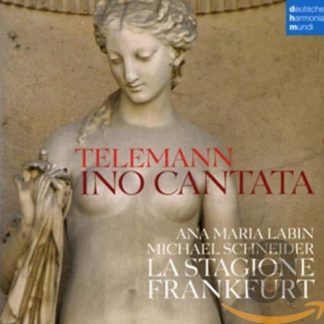Περιγραφή
Καλλιτέχνες
|
Before coming to Sweden, the Italian-born harpsichordist Anna Paradiso knew little about Johan Helmich Roman, often called ‘the father of Swedish music’. Here she soon realized that if Roman’s music was Swedish, it was also Italian – and specifically Neapolitan, her own part of Italy: the restlessness of the harmonic idiom, the continuous shifts from one melodic gesture to another, the absence of long and balanced phrases, the theatrical character. Roman had spent five years in London as a young man before returning to Stockholm to take up his duties at the Royal Court. Fourteen years later, 1735-37, he was once more able to sample the newest trends in music in person, during a two-year sabbatical spent travelling across Europe, with Ischia, near Naples, as his goal. It would seem that many, or most, of the twelve keyboard sonatas were composed around this time or later. Why he wrote them is not known, however, nor what instrument they were intended for. In 1746, shortly after he had retired, Roman assembled the pieces, each consisting of between three and seven movements, in a single manuscript. They remained unpublished, however, and as Roman did not provide any titles to them, they have since been referred to both as ‘suites’ and ‘sonatas’. Whatever the label, this fascinating collection is a testimony of a period of great stylistic diversity and change, as observed by a composer who, although geographically relegated to the outskirts of Europe, remained wide-open to new developments. On this, the first of two discs, Anna Paradiso emphasizes this aspect of the composer, performing the first seven sonatas of the set on three different instruments – a French and an Italian harpsichord and a copy of a clavichord built in Sweden in 1742 – with well-judged ornamentations and use of rubato.
|











